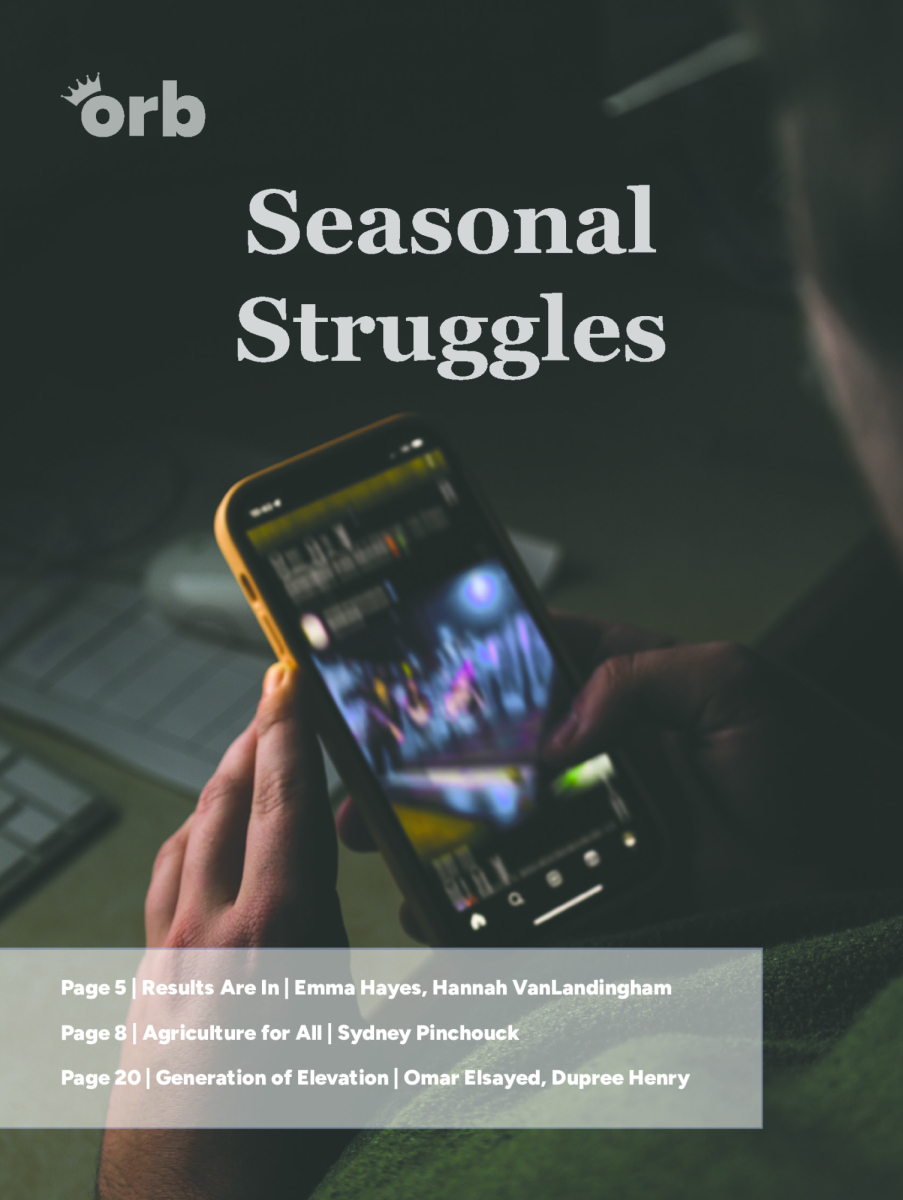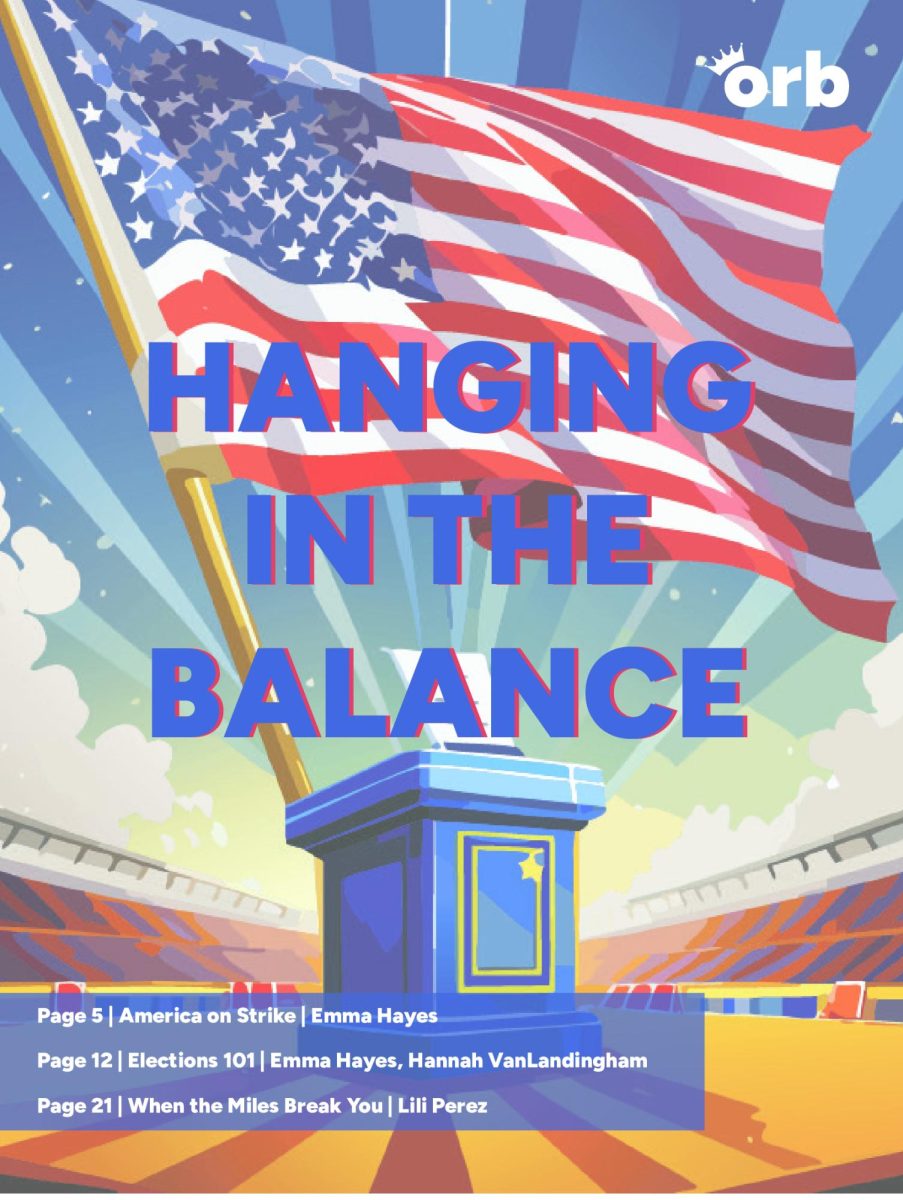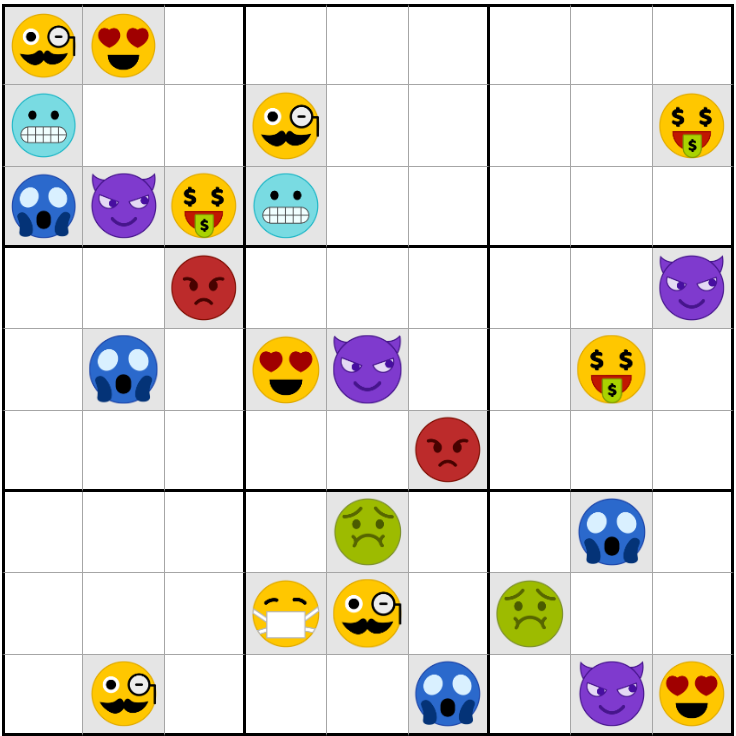
Sophomore Anika Powelson is a member of the marching band. She takes one AP class and has a boyfriend, sophomore Raymond Fox. She enjoys what every other teenager today enjoys: just hanging out.
“Most of the time I either hang out with Raymond at his house or mine. We occasionally get fancy and go bowling, ice skating or go to the movies,” Powelson said.
However, her stepfather Paul Nijak says that when he was a kid, he usually did not have much free time due to extracurriculars.
Nijak is in his late thirties; As far as parenting goes, he is fairly young. Still, there are differences between Nijak and Powelson because of when he was born.

In less than 50 years, the world has changed more than many people could have anticipated. Some can argue that it has evolved for the worse. Others can claim that it is simply becoming smarter. Teens are learning more at younger ages and know more than their parents knew when they were their age. This comes with good and bad consequences. More teens are choosing a salad over a McDonald’s BigMac, but in just 12 years teen drug use has risen by 4 million people. Most teens today can figure out how to dispel an annoying computer problem while their parents are stuck scratching their heads.
The difference in this teenage generation and Generation X is simple: knowledge. More is known about everything and anything today, while 50 years ago doctors were just finding and creating the measles vaccine. But what is done with this knowledge is where the issue starts.
Forty-three percent of American families have a sit-down meal together every day according to the Journal of American Medicine. In just 20 years, the frequency of family dinners has declined 23 percent. This is due to the ever-growing and crowding schedules of not only parents but kids as well.

“Growing up at a normal sit-down family dinner the first thing we would all do is pray,” Nijak said. “Usually meals were home made. We would talk about our day at school and whatever else.”
Many ideas relating to social issues such as racism, LGBT rights and religion are still debated heavily today, whereas back in the 1960s they were even more widely disputed. In 1962, Illinois became the first and only state to decriminalize homosexuality. Today, 38 states have legalized gay marriage, yet organizations such as the KKK still exist. The world has made leaps in recent decades, but it has also had its fair share of downfalls in the battle for universal equality.
“In the view of society, they are always wanting to tear away at everything bringing many negative views. I think they are not tolerant and acceptant,” junior James Weaver said.
Weaver takes taekwondo classes outside of school. He also takes three AP classes, in which he says most of his workload comes from. These classes require filling out notes and worksheets, annotating books, understanding vocabulary and much more extra work that normal classes would not require.
According to a survey done by University of Michigan, students in this generation are doing twice as much homework than students in the early 1980s.
“On an average night, usually between 3-4 hours [is spent on homework],” Weaver said.
James’s father, Anthony Weaver, is 63 years old. Unlike Nijak, he is older than most parents today. Anthony said he only had about two hours each night.
Another major difference in the generation is technology, primarily cell phones. The first cell phone was created in 1973 and today there are now iPhones, Galaxys, Droids and other brands of cell phones. Though many see this innovation as a helpful aspect to every day lives, at least 23 percent of car accidents involved the use of a cell phone in 2011. This was not a problem for teens in the last generation because landline phones attached to a wall or on the table in a living room were the only phones available.
The question that still remains is this: Why have people changed so much in just one generation? With advances in technology, medicine and the evolution of how people see their world comes greater change in the last 50 years than the 50 years before that. The differences in today’s teenagers and those a half-century ahead of now are only barely conceivable.



































